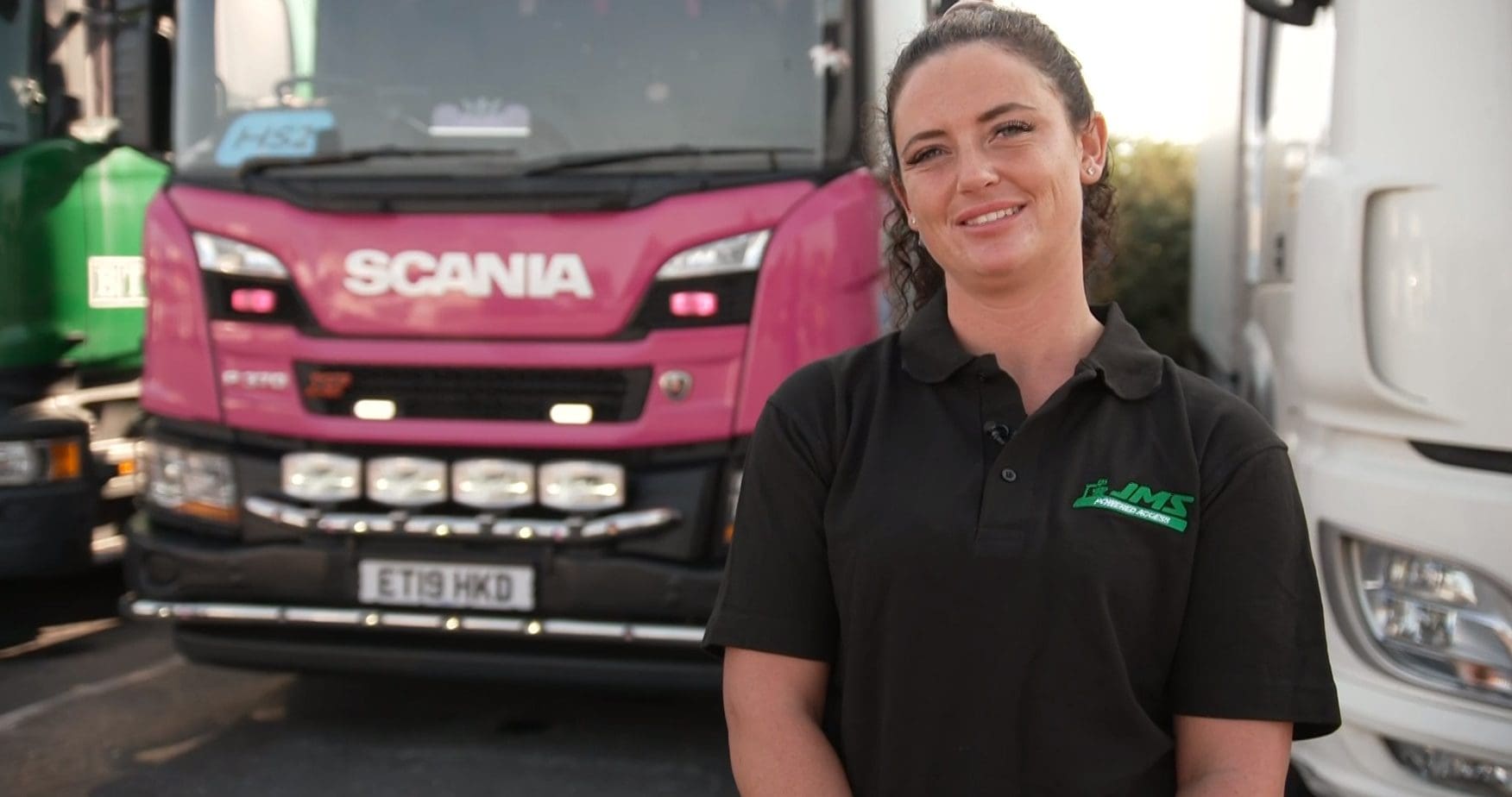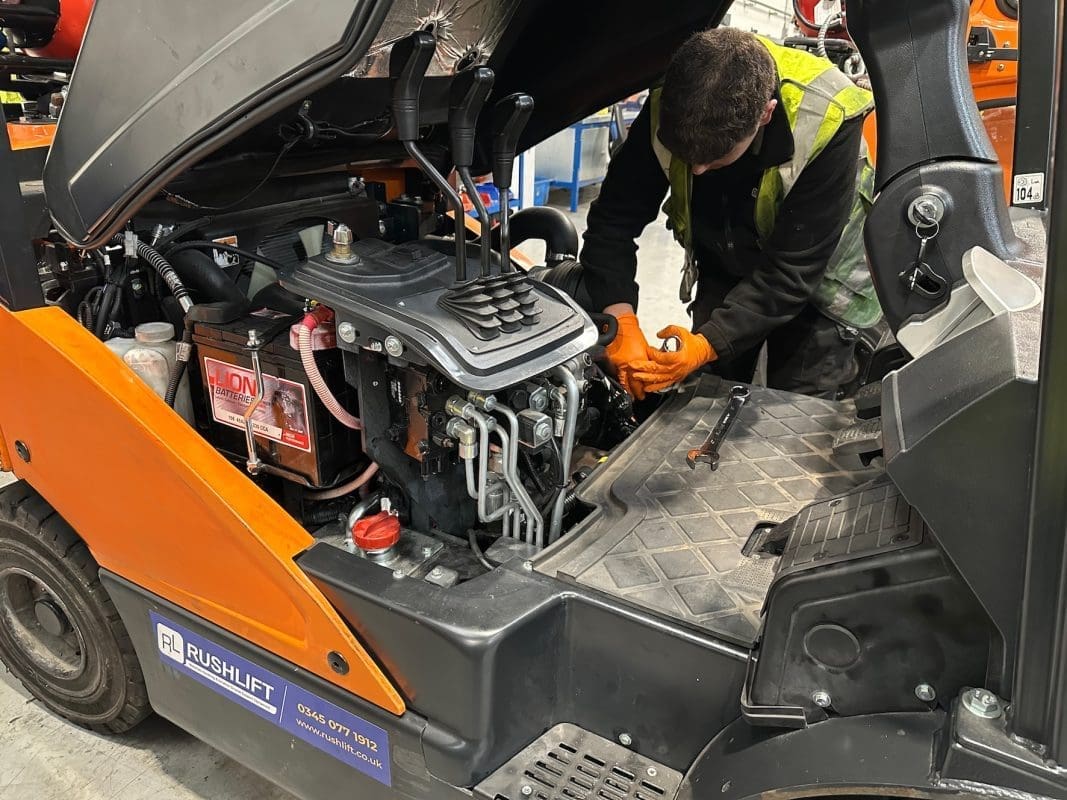- Shop All Documents + Bundles
- FORS V7.1 Document Bundle | Bronze (15 Policies)
- Transport Manager Compliance Pack (10 Policies)
- Transport Manager Compliance Pack (6 Policies)
- Health & Safety Policy Template
- Fuel, Emissions And Air Policy Template
- Operational Security Policy Template
- Serviceability And Roadworthiness Policy Template
- Road Traffic Collision Policy Template
- Counter Terrorism Policy Template
- Load Safety Policy Template
- Vehicle Routing And Scheduling Policy Template
- Driving Standards Policy Template
- Driving Hours Policy Template
- In Cab Technology Policy Template
- Passenger Safety Policy Template
- Complaints And Grievances Policy Template
- Drug And Alcohol Management Policy Template
- Hazard And Risk Identification Policy Template
- VOR (Vehicle Off Road) Policy Template
- Tyre + Wheel Policy Template
- Health & Eyesight Policy Template
- Transport Infringement Policy Template
- Walk Around Check (Defect Check) Tool Box Talk Template
- Transport Manager CV Template
- Social Media Policy Template
- Transport Manager Contract Template
- External Transport Manager Contract Template
- Driver Handbook
Women Aged 20-29 Achieve Highest HGV Pass Rates Research Reveals

Women in Britain are gaining ground when it comes to taking HGV tests, according to new research from Pallet-Track. The pallet network’s analysis of Department for Transport (DfT) data shows that female drivers aged 20-29 had the highest Heavy Goods Vehicle (HGV) practical pass rate in 2021-2022 at 67.9 per cent, compared to 63 per cent of men.
This is a significant improvement on the overall pass rate of 58.7 per cent across all drivers taking the test, and could almost erase Britain’s current shortfall of 50,000 drivers as calculated by the Road Haulage Association.
Women made up only 9.1 per cent of those taking tests in 2021-2022; 8,731 tests were completed by female drivers compared to 87,146 taken by male drivers. Furthermore, the DfT’s Domestic Road Freight Statistics 2020 report found that the gender split of HGV drivers in work remain unchanged since 2016 – 99 per cent male and one per cent female.
Addressing the current gender imbalance could be key to reducing Britain’s driver shortage and future proofing this vital industry – with young women leading the charge ahead in HGV tests.
Caroline Green, chief executive at Pallet-Track, said:
“Our research should be a real eye opener for the industry as it demonstrates the value of diversifying the logistics workforce. The results of the analysis show that Britain has the talent and skills to overcome any remaining driver shortages and the resources to future proof our workforce. However, there are some key changes the logistics industry needs to make if it wants to attract more women into driving roles, starting with driver facilities and bathroom access.
The majority of truck stop facilities are woefully inadequate and require major improvements; we welcome the government’s recently announced match funding initiative and hope that this will be a positive step forward for the industry. Education is another area where major improvements are needed if we are to inspire younger generations to enter the profession, particularly young women.
Logistics plays a major role in all our lives and is the fifth largest employer in the UK, but we need to engage with schools more to demonstrate the breadth of careers that the industry can offer. Being an HGV driver offers a range of perks, such as flexible hours and independent working, and great opportunities for progression, it’s time we started showing young people how rewarding a career in logistics can be.”
The analysis is based on Large Goods Vehicle (LGV) driving test pass rates published by the Department for Transport and Driver and Vehicle Standards Agency, whose data covers tests taken by male and female applicants in six age brackets, from under 20 to 60-plus.
The terms LGV and HGV are used interchangeably in this analysis, as under UK and European law, an LGV licence and HGV licence are the same licence, covering all commercial vehicles with a gross combination mass of over 3500kg.













One thought on “Women Aged 20-29 Achieve Highest HGV Pass Rates Research Reveals”
Comments are closed.